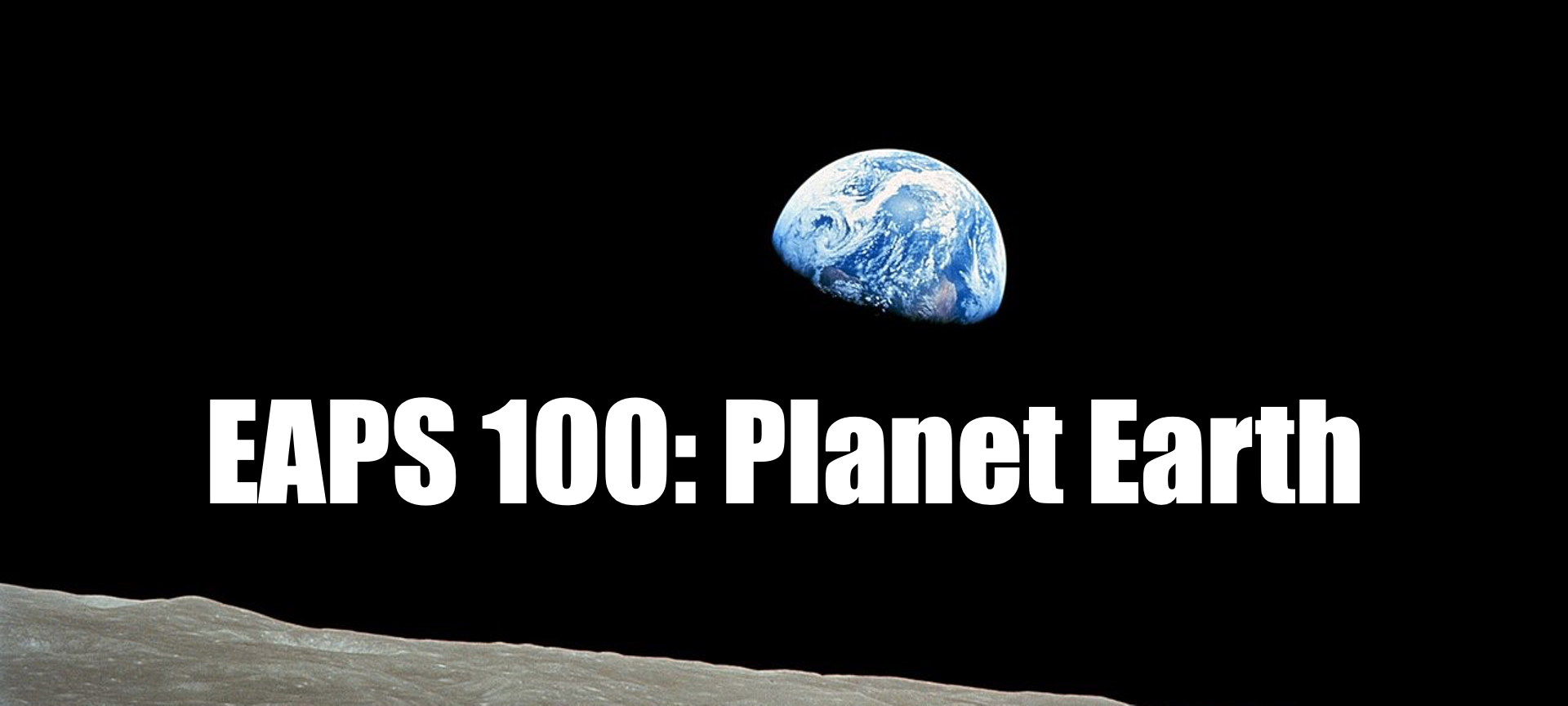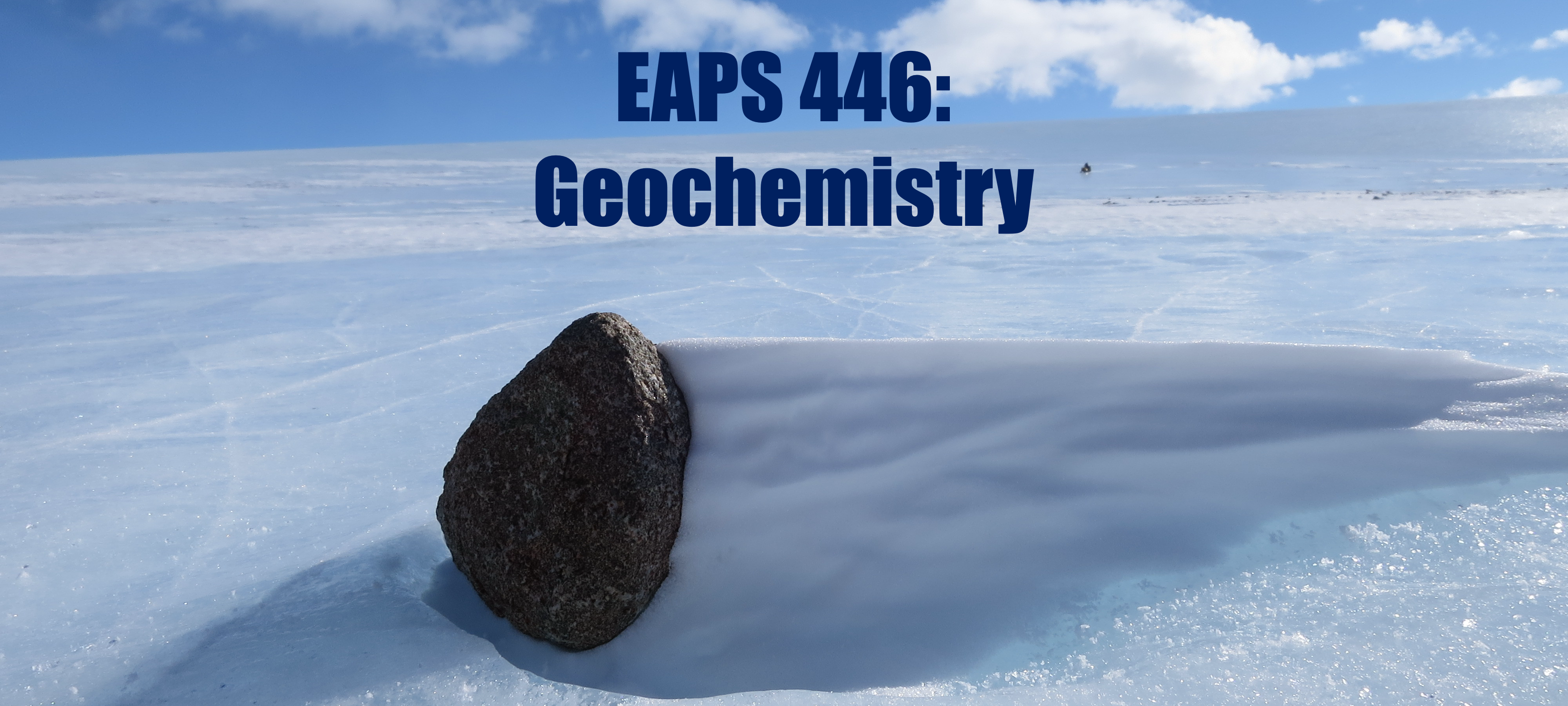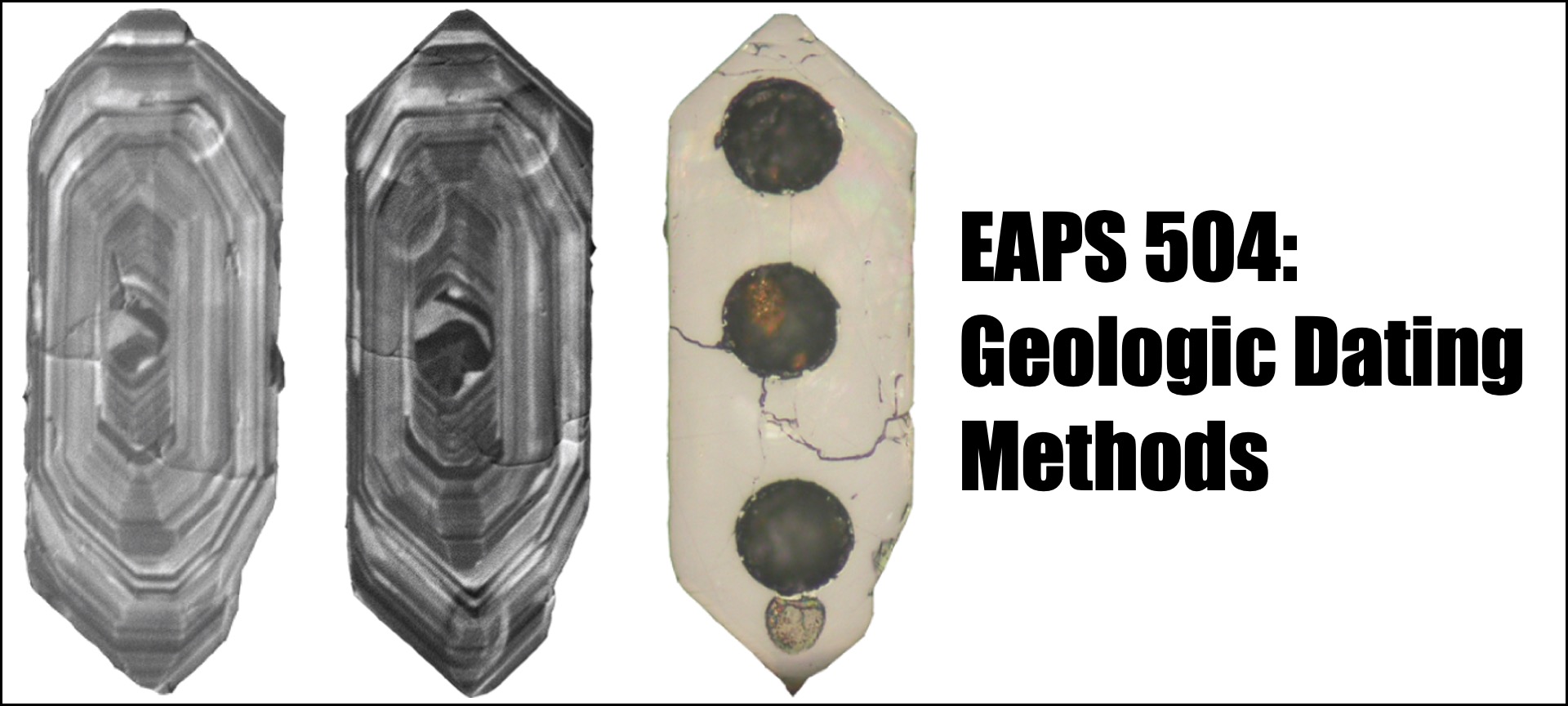Teaching

This undergraduate course provides a brief introduction to our planet Earth including the following geoscience topics: geology, hydrology, oceanography, and atmospheric science. The coursework emphasizes developing a basic understanding of geoscience processes and concepts rather than memorization of terms, definitions, and facts.
In this course, students will learn to:
-
Identify the basic characteristics, history, and processes of planet Earth.
-
Describe interconnections within and between different Earth systems.
-
Utilize some visual analysis techniques that are useful in Earth science, including graphs, maps, and representations of three-dimensional features.
-
Compare the temporal and spatial scales over which different Earth processes operate to the temporal and spatial scales they encounter in everyday life.
-
Recognize the relevance of Earth science and the study of planet Earth to their daily life and their future, as well as to modern and future societies.

This undergraduate-level course focuses on the chemical processes involved in the formation and evolution our planet. Topics covered include the discussion of nucleosynthesis and chemical abundances and the distribution and cycling of elements within and between different Earth systems, including the solid Earth, atmosphere, and oceans.
In this course, students will learn to:
- Describe the distribution of elements in our Solar System and throughout the Earth
- Explain the distribution of elements as a function of their physical properties and chemical affinities
- Use principles of thermodynamics to explain why particular reactions or phase assemblages are expected at different equilibrium conditions
- Develop simple models to explain the exchange of elements between different Earth reservoirs and the chemical evolution of these reservoirs through time
-
Describe applications of geochemistry to big picture research questions in Earth, atmospheric, and planetary science

This course covers general theory and applications of geochronology and thermochronology to questions in Earth and planetary science.
In this course, students will learn to:
-
Explain the basic physical processes underlying the most commonly used dating methods.
-
Calculate geochronological dates from raw geochemical datasets or other kinds of observations for the most commonly used dating methods.
-
Use physical and numerical models to interpret the significance of geochronological dates.
-
Evaluate which geochronological method, if any, is most appropriate for answering a particular scientific question in Earth and planetary science.
-
Discuss the contribution of geo/thermochronology to big questions in Earth and planetary science.